
Picture a world where the sword you earned in one fantasy RPG can be wielded in a sci-fi shooter, or your rare avatar skin from a racing game becomes your signature look across multiple metaverse platforms. This is not just a futuristic vision – it’s quickly becoming reality thanks to cross-game NFT integration and the rapid adoption of NFT interoperability in virtual worlds.
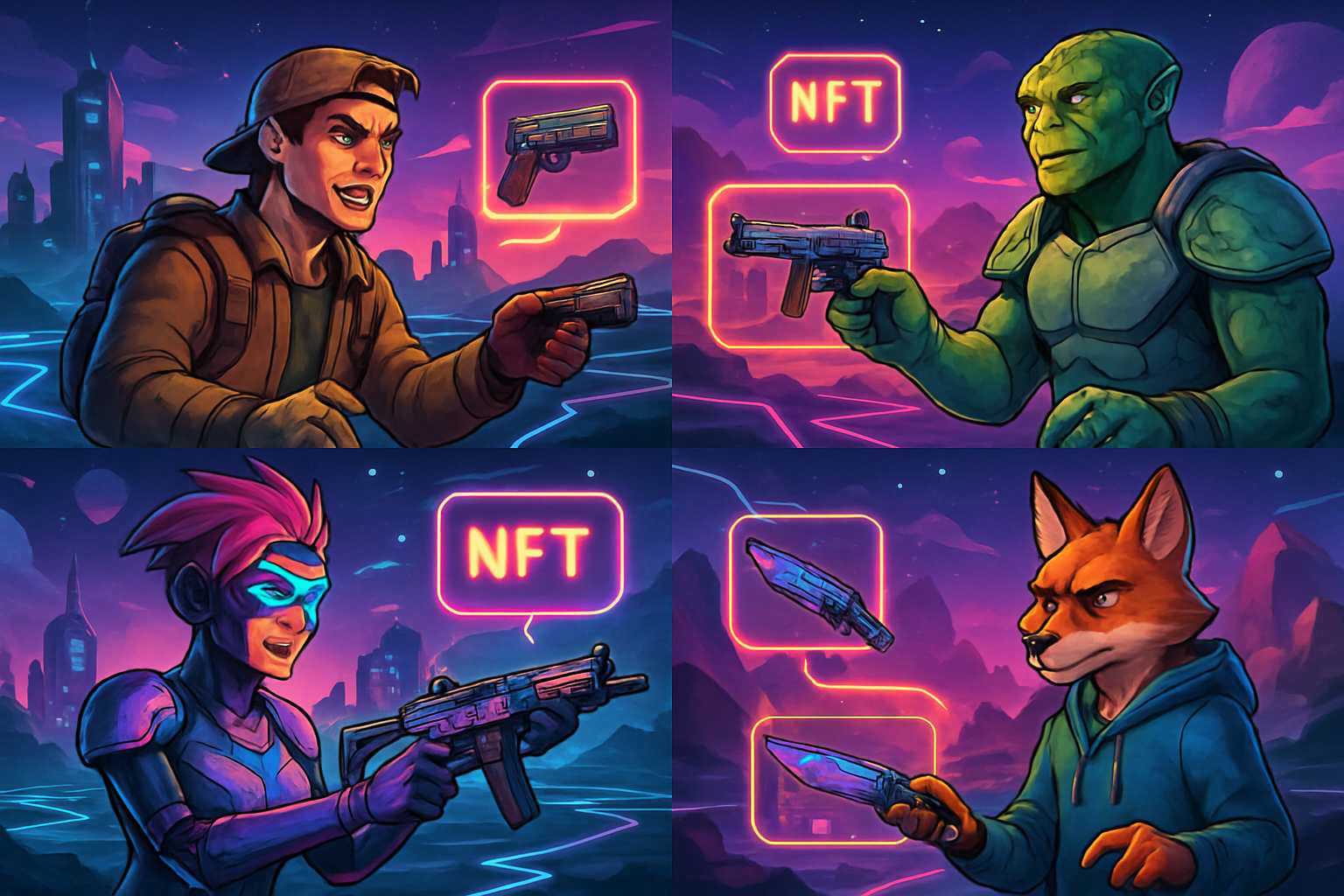
What Is Cross-Game NFT Integration?
At its core, cross-game NFT integration refers to the ability for players to use their digital assets – think weapons, avatars, skins, or collectibles – across multiple compatible games. Unlike traditional in-game items, which are locked within the confines of one ecosystem, NFTs (non-fungible tokens) leverage blockchain technology to establish true ownership and transferability. This breakthrough empowers gamers to move their favorite assets seamlessly between diverse virtual environments.
The concept has moved well beyond theory. Projects like ZetaChain Omniverse have pioneered SDKs for developers that enable 3D NFT avatars to travel across blockchain networks and games. Meanwhile, collaborative initiatives such as WarQube’s partnership with iDos Games and Big Forge Games let players use and trade interoperable NFT skins between titles like WarQube, ShootGun, and Lift and Shoot. The momentum is unmistakable.
The Benefits: Why Interoperability Matters for Gamers and Developers
The implications of cross-game NFTs reach far beyond convenience. Here are some of the most compelling advantages driving adoption:
Top Benefits of Cross-Game NFT Integration
-
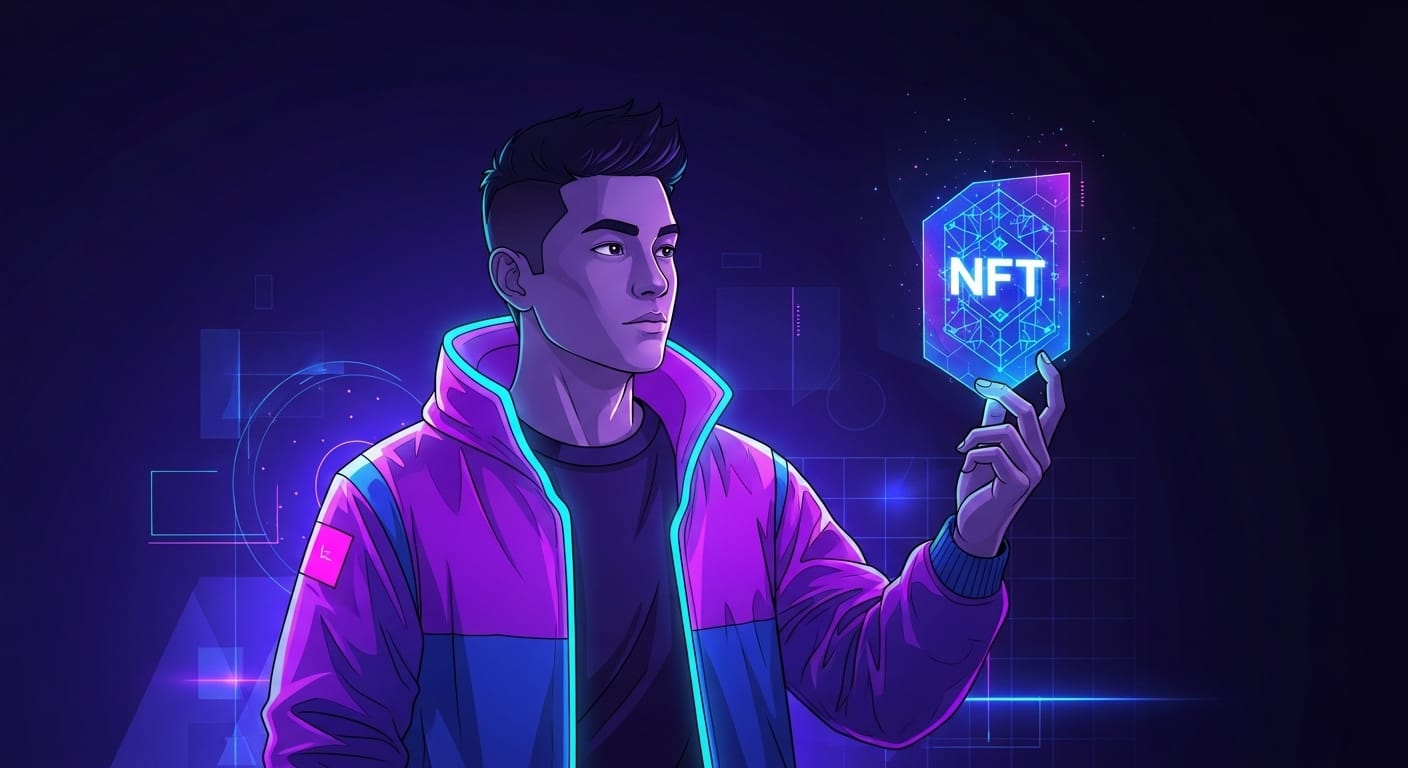
True Digital Ownership: Players genuinely own their in-game assets as NFTs, enabling them to sell, trade, or use these items across multiple compatible games and platforms.
-

Enhanced Player Engagement: The ability to use unique NFT assets in various games increases player investment, loyalty, and long-term engagement within gaming ecosystems.
-
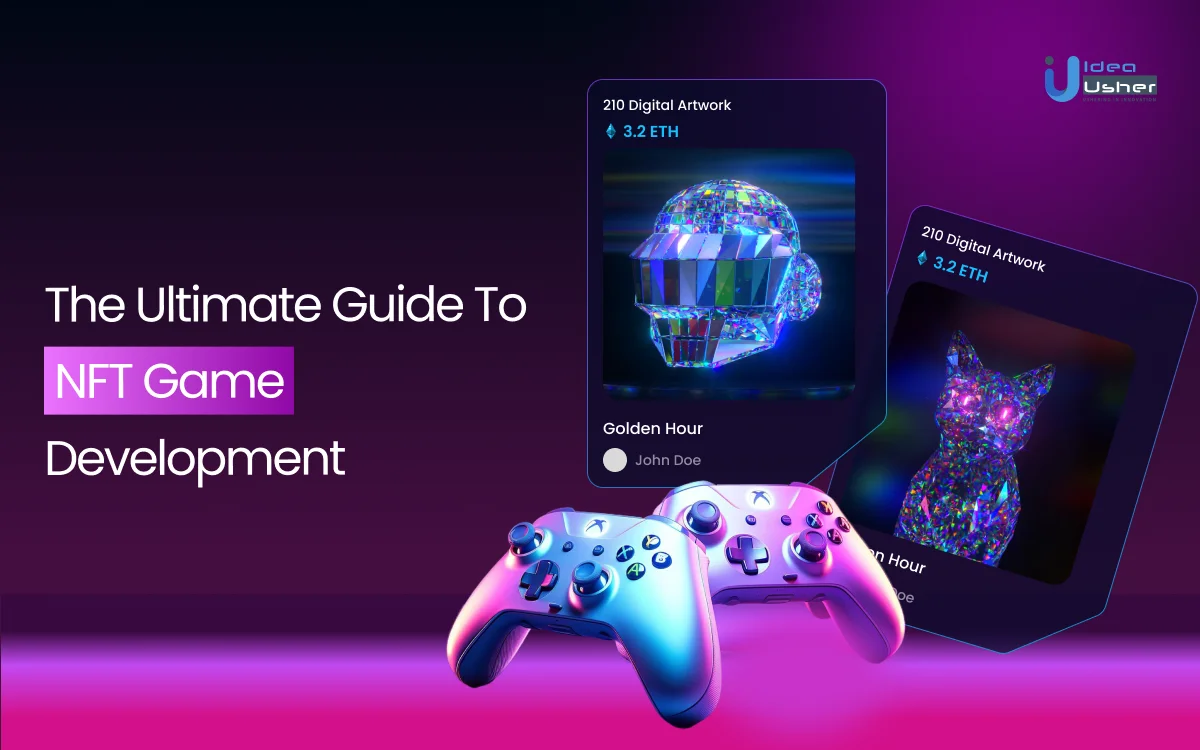
New Revenue Streams for Developers: Developers can earn royalties on secondary NFT sales, even when assets are traded outside their original game, fostering sustainable monetization.
-
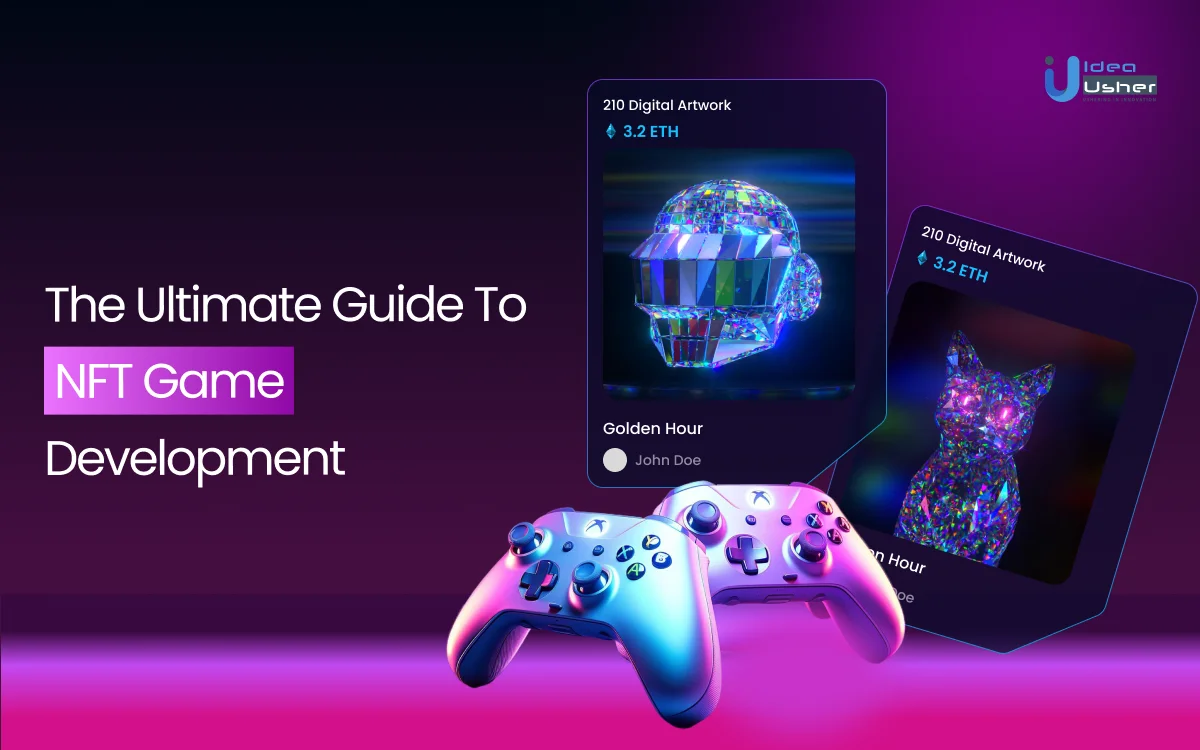
Decentralized Gaming Economy: Cross-game NFT integration supports a shared, decentralized economy where assets flow freely between games, encouraging collaboration and innovation among studios.
-
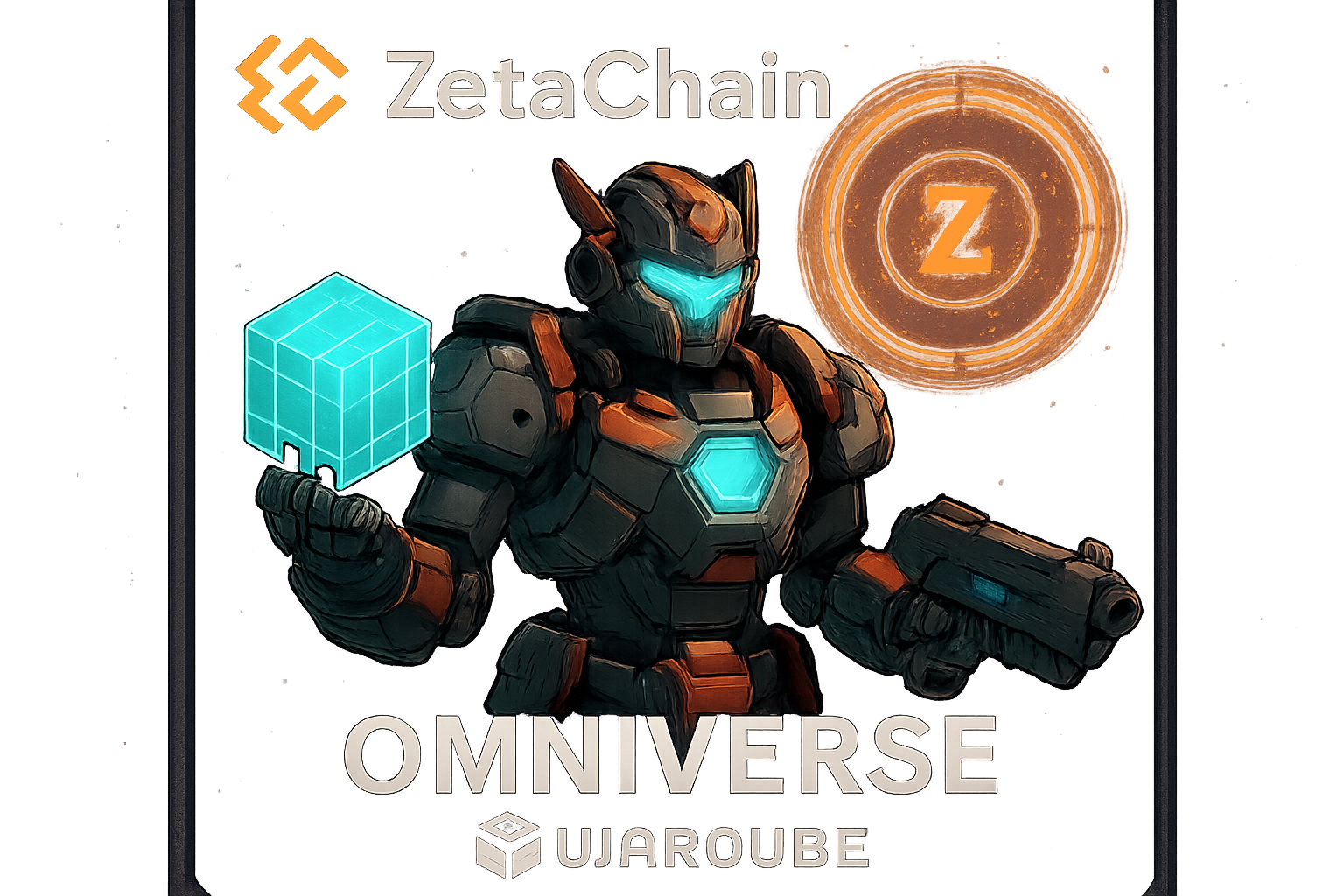
Interoperable Virtual Worlds: Projects like ZetaChain Omniverse and WarQube demonstrate how NFTs can be transferred and used across different games and blockchains, creating seamless, immersive experiences.
-

Cross-Ecosystem Utility: Marketplaces like PlaysRare enable NFTs, tokens, and avatars to be used across all present and future games within their ecosystem, maximizing asset value and utility.
True Digital Ownership: Players genuinely own their assets on-chain. Whether it’s selling a rare sword or trading an exclusive avatar skin, ownership is verifiable and transferable outside any single game’s control.
Enhanced Player Engagement: When your hard-earned rewards follow you from game to game, your investment in time (and sometimes money) pays off in richer ways. This continuity deepens player loyalty and encourages exploration across new titles.
Sustainable Revenue Models: Developers benefit too. Secondary sales of NFTs can generate royalties even when assets change hands outside their original ecosystem – a win-win for creativity and monetization.
The result? A more decentralized gaming economy where both creators and players participate actively in shaping value.
The Technology Powering Interoperable Virtual Worlds
This new paradigm is only possible thanks to advances in blockchain infrastructure. Standards like ERC-721 and ERC-1155 create common languages for digital asset representation on Ethereum-compatible chains. Platforms such as Enjin offer robust toolkits for integrating NFTs into games with minimal friction (as highlighted by Legends of Elysium). Meanwhile, marketplaces like PlaysRare focus on ensuring that tokens, NFTs, and avatars retain utility across all games within their ecosystem.
Market data further underscores this trend:
- A surge in Ethereum-based gaming activity: With Ethereum (ETH) currently priced at $4,531.74, up-to-the-minute market confidence is fueling developer interest in cross-chain solutions.
- ZetaChain Omniverse SDK adoption: More studios are integrating this toolkit to offer players seamless avatar transfers between games – an early sign of mainstream traction.
- Ecosystem-wide asset support: PlaysRare’s commitment ensures Web3 assets maintain value regardless of where they’re used within its network.
Pioneering Examples Leading the Charge
The landscape is evolving rapidly as more partnerships emerge:
- ZetaChain Omniverse: Cross-chain 3D avatars enabling immersive cross-platform play.
- PlaysRare Marketplace: Ecosystem-wide utility for tokens/NFTs/avatars spanning all present and future games.
- WarQube x iDos x Big Forge Games Collaboration: Interoperable skins traded seamlessly between three distinct titles.
This wave of innovation signals a new era where digital identity travels with you – not just inside walled gardens but throughout an ever-expanding universe of interconnected experiences. Stay tuned as we explore the challenges ahead and what it will take for interoperability to reach its full potential in part two…
As cross-game NFT integration accelerates, the possibilities for both players and developers are expanding in ways that were unimaginable just a few years ago. Yet, the path to a seamless, interoperable metaverse is not without its hurdles. Understanding these challenges – and how the industry is working to overcome them – is crucial for anyone invested in the future of NFT interoperability in virtual worlds.
Key Challenges: Navigating the Road to Full Interoperability
While enthusiasm is high, several technical and collaborative obstacles remain:
- Standardization Gaps: Not all games use the same NFT standards or metadata structures. Even with popular protocols like ERC-721 and ERC-1155, nuanced differences can lead to compatibility issues when moving assets between games.
- Interoperability Protocols: Developing smart contracts that define asset behavior across disparate game engines is complex. These protocols must ensure security, preserve rarity, and prevent duplication or exploitation.
- Studio Collaboration: True interoperability requires unprecedented cooperation among studios that may have competing interests or differing visions for their virtual economies.
- User Experience: For mainstream adoption, transferring NFTs must be as smooth as traditional in-game purchases – no confusing wallet setups or risky bridge transactions.
The good news? The ecosystem is responding with innovative solutions. ZetaChain Omniverse’s SDK abstracts much of the technical friction for developers, while platforms like PlaysRare are building frameworks for asset utility across entire networks of games (learn more here). These steps are laying the groundwork for a more open and player-centric digital economy.
What’s Next? The Roadmap Toward Interconnected Virtual Worlds
The momentum behind blockchain gaming assets shows no sign of slowing. Here’s what experts anticipate in the coming year:
Cross-Game NFT Integration Trends Through 2026
-
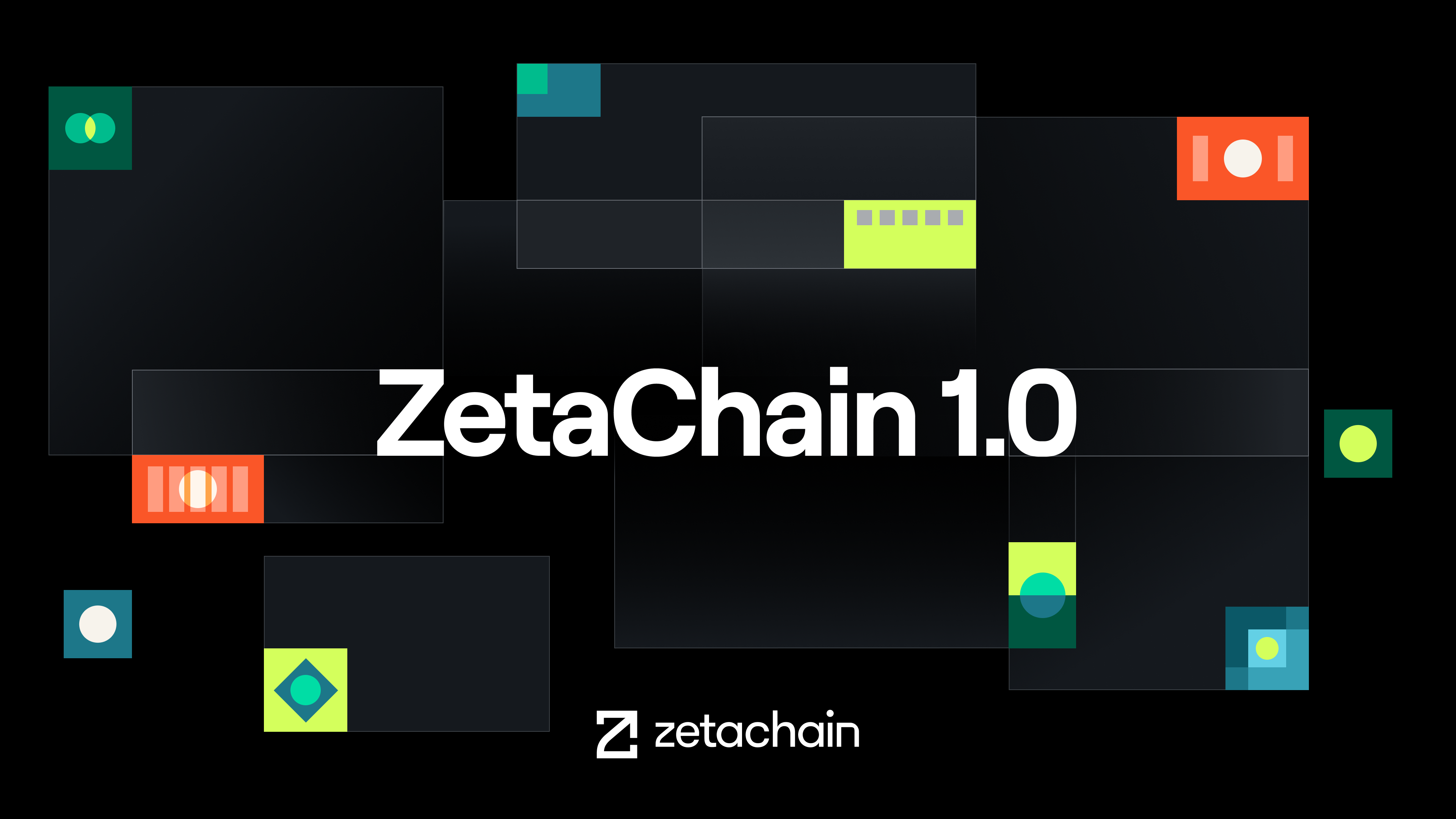
Expansion of Cross-Chain NFT Platforms: Projects like ZetaChain Omniverse are pioneering cross-chain NFT integration, enabling 3D avatars and assets to move seamlessly across multiple blockchain networks and games. This trend is expected to accelerate, with more platforms offering SDKs for developers to build interoperable experiences.
-

Collaborative In-Game Asset Ecosystems: Partnerships such as WarQube, iDos Games, and Big Forge Games are creating interoperable NFT skins that can be used and traded across several games. By 2026, more studios will likely collaborate to offer shared NFT assets, enhancing player flexibility and engagement.
-
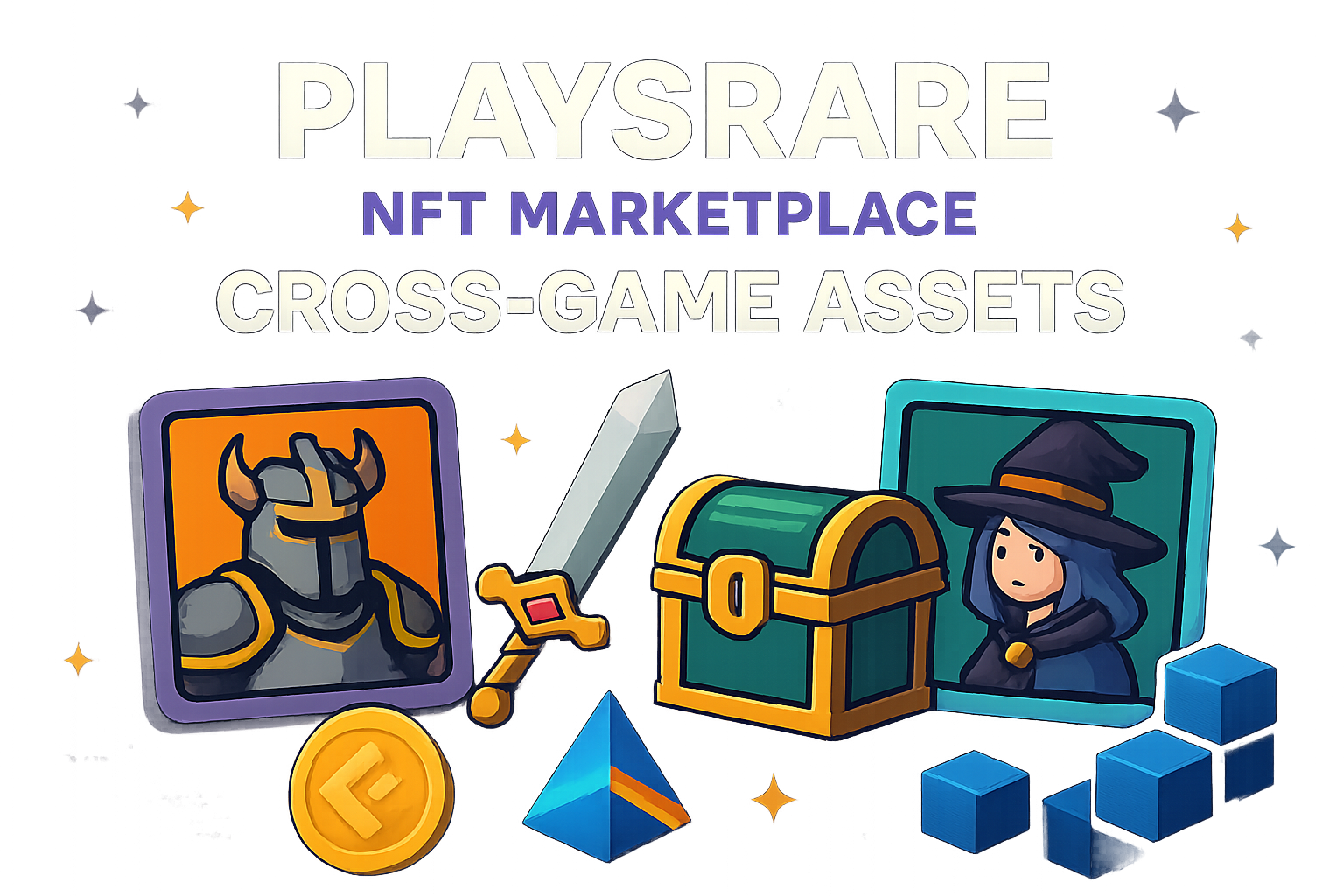
Unified Marketplaces for Cross-Game NFTs: Platforms like PlaysRare are building marketplaces where NFTs, tokens, and avatars have utility across all games in their ecosystem. Expect a rise in such unified marketplaces, streamlining asset trading and discovery.
-
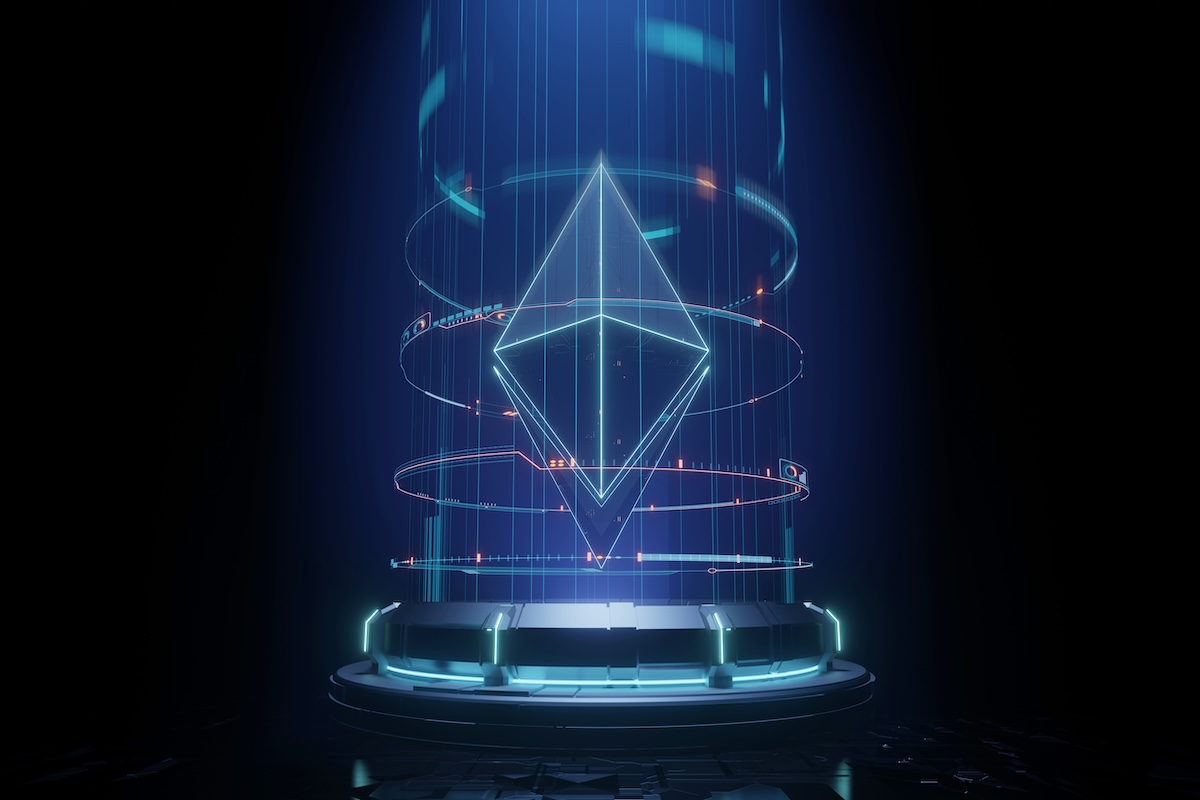
Adoption of Interoperability Standards: The use of established protocols like ERC-721 and ERC-1155 will become more widespread, ensuring that NFTs can be recognized and utilized across diverse gaming environments. This standardization is crucial for broad adoption and seamless integration.
-
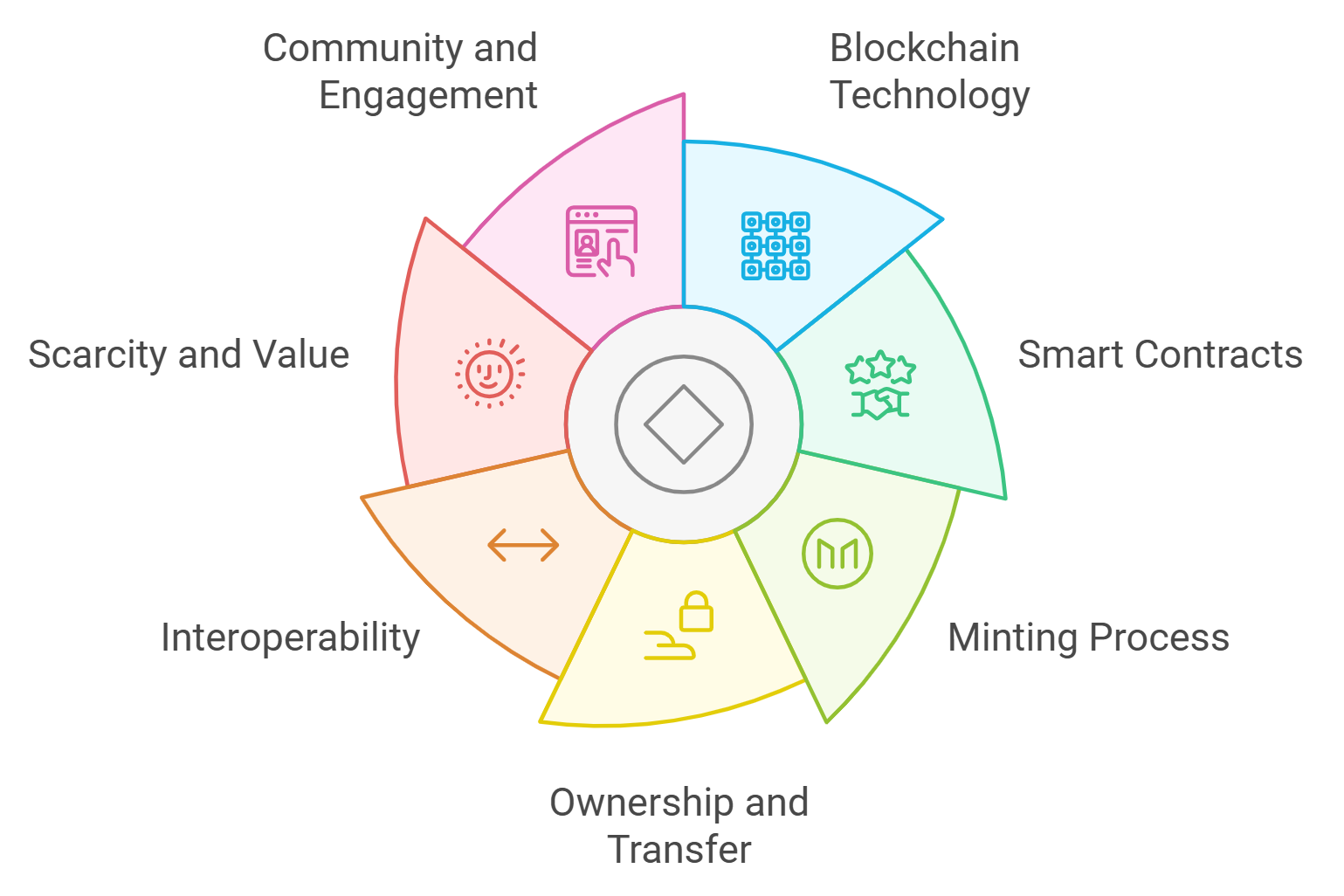
Emergence of Decentralized Gaming Economies: As cross-game NFTs become the norm, decentralized economies will flourish. Players will experience true digital ownership, with the ability to trade, sell, or use their assets across multiple virtual worlds, fostering innovation and new revenue streams for developers.
Ethereum’s price at $4,531.74 reflects sustained interest from both investors and builders in decentralized gaming infrastructure. As more capital flows into this space, expect further breakthroughs in cross-chain bridges and universal asset standards.
The role of DAOs (Decentralized Autonomous Organizations) will likely grow as well. Imagine player-driven governance shaping which assets gain interoperability privileges or which new titles join shared economies. This participatory model could fundamentally reshape how value is created and distributed within virtual worlds.
How You Can Get Involved
If you’re a gamer eager to maximize your digital asset utility or a developer looking to future-proof your projects, now is the time to explore interoperable NFTs:
- Diversify Your Asset Portfolio: Seek out games supporting cross-chain NFTs so your investments retain value across ecosystems.
- Participate in Alpha/Beta Launches: Early adopters often receive exclusive interoperable items or governance rights within new projects.
- Stay Informed: Follow updates from pioneering projects like ZetaChain Omniverse, WarQube collaborations, and PlaysRare Marketplace to spot emerging opportunities.
A New Era of Player Empowerment
The vision of interconnected virtual worlds – where your avatar identity and prized items travel freely between diverse environments – is quickly becoming reality thanks to advances in NFT interoperability. While challenges remain around standardization and collaboration, real-world examples already show what’s possible when developers put players first. With Ethereum holding strong at $4,531.74, there’s never been a better moment to engage with this space as it evolves toward true digital sovereignty for gamers everywhere.




